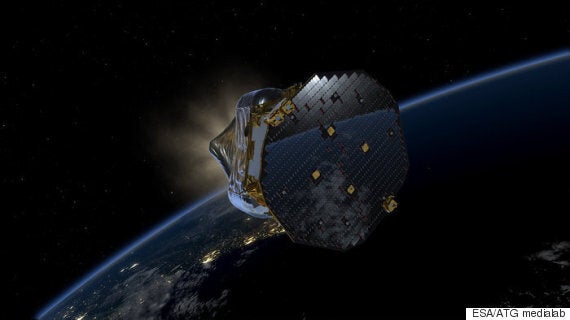It is finally happening. The LISA Pathfinder has lifted off to test the last unseen facet of Albert Einstein's General Theory of Relativity.
It launched from a rocket in French Guiana with a mission to test technology that could detect whether gravitational waves exist.
After a slightly rocky start - the launch was meant to be on Tuesday, the European Space Agency (ESA) reported a smooth take off earlier today.

So, what are we actually looking for?
Well, in 1915, Einstein changed the face of science by saying that gravity bends the fabric of space time and is not simply a force between two objects.
Therefore, any object in space with a mass has the ability to bend space around it and he termed this curvature gravity.
Einstein also predicted that if two objects orbit each other, there should be ripples in the fabric of spacetime known as gravitational waves.
SEE ALSO:
How are we going to measure this?
On board the LISA Pathfinder, are identical cubes that will be placed in a perfect free-fall, the ESA stated.
If these ripple do exist, then the positions of these cubes should change. The reason this technology is ground breaking is that gravitational waves are incredibly difficult to detect as they have a long wavelength and low energy.
What ESA hopes is that this will lay the groundwork for future space observatories that can further our understanding of gravitational waves.